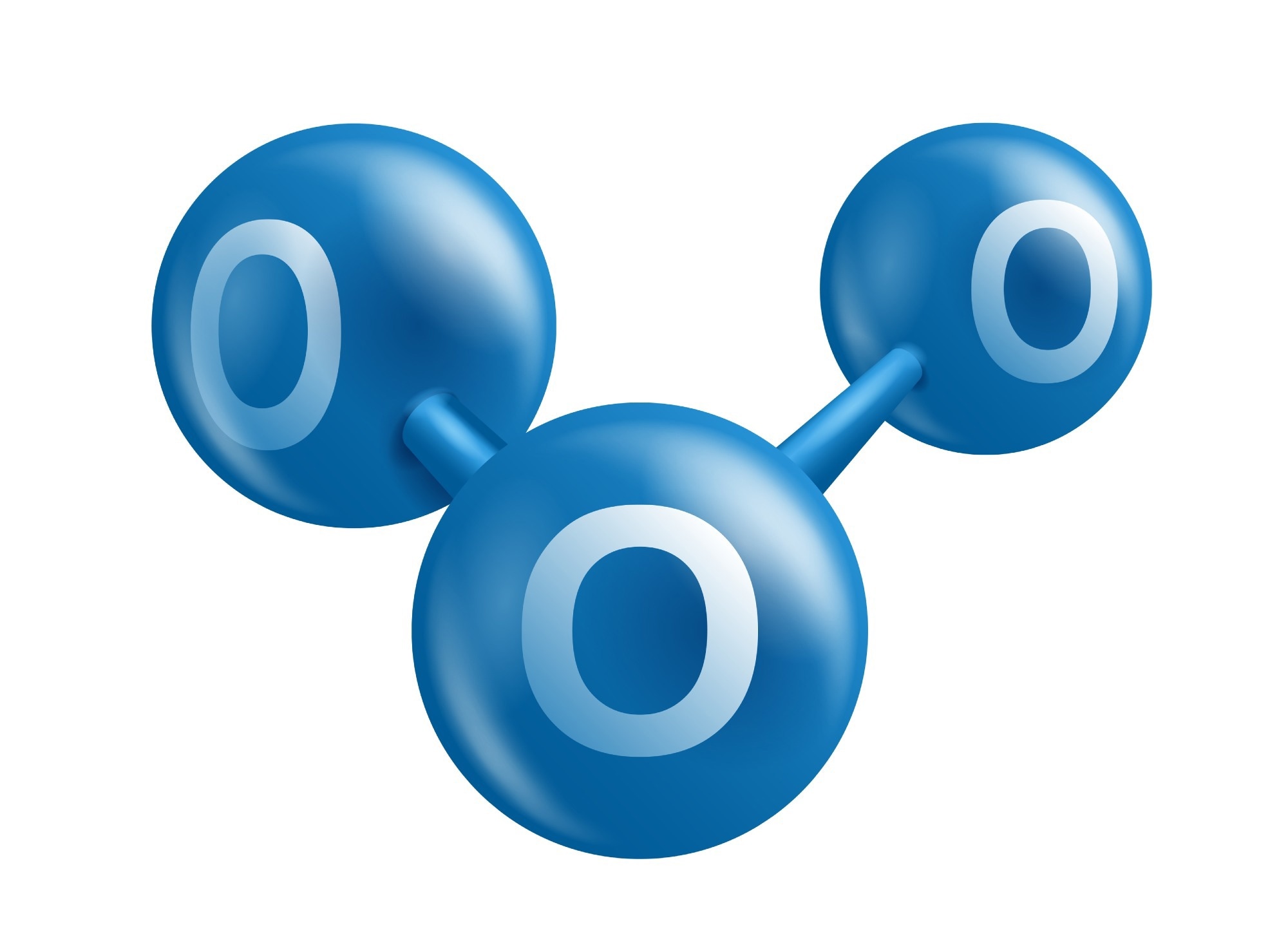Monitoring the ozone is vitally important for public health and the various uses of ozone in industries from healthcare to water corporations. Sensors have been developed that can accurately perform analyses of ozone gases, these sensors, however, still face challenges related to inconsistent standards. In the future, it is likely that sensor technology will evolve in response to the growing applications of ozone, particularly in the healthcare space.

Image Credit: Dmitry Kovalchuk/Shutterstock.com
Monitoring the Ozone for Public Health
Ozone (O3) is the thin layer of the Earth’s outer atmosphere that absorbs the sun's harmful ultraviolet (UV) light. There is also ground-level ozone, which forms following the reaction of nitrogen oxides with volatile organic compounds in sunlight.
Ground-level ozone threatens human health, particularly on sunny days when it can reach high levels. Exposure to ground-level ozone can lead to symptoms that target the respiratory tract, such as coughing, difficulty breathing, inflammation of the airways, increased risk of respiratory infection, and increased risk of asthma attacks. Ground-level ozone also leads to the development of photochemical smog, which can be fatal.
Analysis of the ozone is, therefore, pertinent to protecting human health. The go-to solution for analyzing the ozone indoors is the electrochemical sensor. It can be used to provide accurate and reliable measurements that distinguish ozone gas from other VOCs. With electrochemical sensors, the gas diffuses through a permeable barrier into a cell enclosing electrodes and electrolytes. Upon crossing the cell membrane, the ozone gas changes the electrochemical potential of the electrodes, thus increasing the conductivity of the electrodes. The degree of change in conductivity is proportional to the amount of ozone in the air, allowing the sensors to translate the signal into a numerical unit of ozone concentration (ppb or ppm).
Metal oxide semiconductor (MOS) sensors are also used for analyzing the ozone. These sensors heat a thin film of metal-oxide particles to 300 °C. At this temperature, the sensor surface absorbs the ozone along with other gases. Oxygen present in the gas causes electrons to be released and the electrical resistance of the metal-oxide layer to be altered. These changes that are proportional to the ozone in the air are detected by the sensor.
While numerous sensors have been developed that are commercially available to provide ozone gas analysis, they still face the considerable challenge of a lack of consistent standards. Depending on the government agency or certifying body responsible for setting thresholds for acceptable ozone levels, the threshold varies. For example, the US Occupational Safety and Health Administration (OSHA) states that workers should be limited to exposures of no more than 0.10 ppm over 8 hour periods. The UK’s Health and Safety Executive (HSE), on the other hand, places the workplace exposure limit at 0.2 ppm over 15 minutes.
Regulating Ozone Gas for Its Wide Range of Uses
Ozone is also widely used in a number of applications. The healthcare sector, in particular, utilizes ozone to treat a variety of breathing disorders and to disinfect and treat diseases. There is also a growing body of evidence that has highlighted numerous potential uses of ozone in healthcare, such as in wound healing, controlling pain and inflammation, dentistry, and treating herniation, osteoarthritis, coronary and peripheral artery disease, Madelung disease, dyslipidemia, cholesterol embolism.
Various industries also use ozone for other purposes, such as the sterilization of water supplies, environmental packaging of food products, sterilization of contaminants and more. Because ozone is toxic, it is vital to monitor the gas to ensure its safe use in these applications. Due to the unique nature of each of these uses of ozone, sensors used to monitor and analyze the gas have their own specific requirements.
To facilitate the continued development of the use of ozone across several applications, particularly in healthcare, where there are many potential uses in the pipeline, it is important to continue the development of sensors used to monitor ozone so that they can be adapted to the unique needs of each application. While there are several acceptable methodologies that utilize sensors in ozone gas analysis, others are being developed to improve on these techniques and respond to industry-specific requirements.
Recent research, for example, has demonstrated the potential use of fiber optics in novel ozone sensors. The theoretical work suggests that fiber optic sensors could be beneficial as they could be retrofitted into a range of instruments and equipment, allowing them to be used in a wide range of scenarios. The proposed fiber optic sensor would be lightweight and durable, with a small physical footprint. The innovation would overcome challenges of current sensors, such as the issue of metal corrosion that impacts sensors with metal components, which does not impact optical fibers.
In the future, we will likely see many more developments in terms of sensor technology used to monitor ozone as well as the applications of ozone in healthcare and other sectors. These developments will likely happen alongside the continuing evolution of sensor technology.
References and Further Reading
Health Effects of Ozone Pollution [Online]. US Environmental Protection Agency. Available at: https://www.epa.gov/ground-level-ozone-pollution/health-effects-ozone-pollution
O'Keeffe, S. et al. (2005) “Optical fibre sensor for the measurement of Ozone,” Journal of Physics: Conference Series, 15, pp. 213–218. https://doi.org/10.1088/1742-6596/15/1/036.
Pang, X. et al. (2017) “Electrochemical ozone sensors: A miniaturised alternative for ozone measurements in laboratory experiments and air-quality monitoring,” Sensors and Actuators B: Chemical, 240, pp. 829–837. https://doi.org/10.1016/j.snb.2016.09.020.
Petani, L. et al. (2020) “Recent developments in Ozone Sensor Technology for Medical Applications,” Micromachines, 11(6), p. 624. https://doi.org/10.3390/mi11060624.
Disclaimer: The views expressed here are those of the author expressed in their private capacity and do not necessarily represent the views of AZoM.com Limited T/A AZoNetwork the owner and operator of this website. This disclaimer forms part of the Terms and conditions of use of this website.